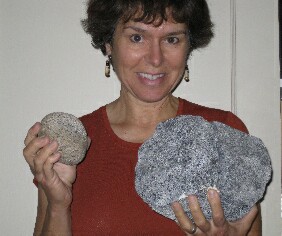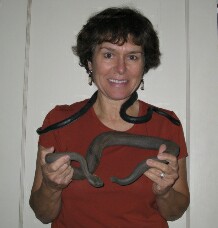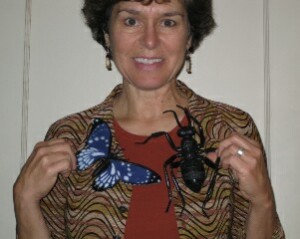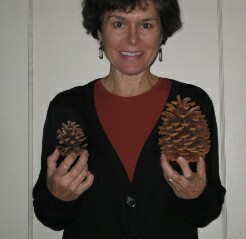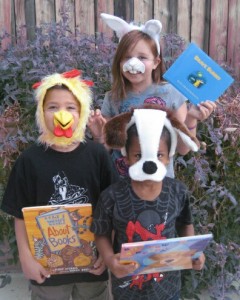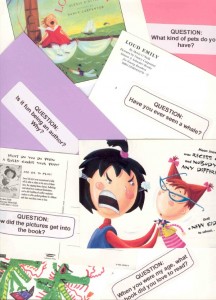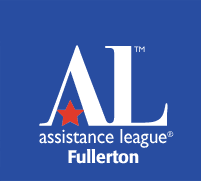Watching other authors in action is a great way to pick up presentation tips. And at the upcoming 58th Annual Breakfast with the Authors event in Santa Barbara on Saturday, I’ll not only experience a keynote talk by Susan Patron, but I’ll see & hear how 11 other authors deliver a 2-minute talk on the topic of “Becoming Lucky: Taking Chances.” (Yes! TWO minutes!) Now this is a speaking challenge indeed – and I’m still working on how I’m going to do this. (Hmmm. I wonder if the organizers will have a hook for long-winded authors?)
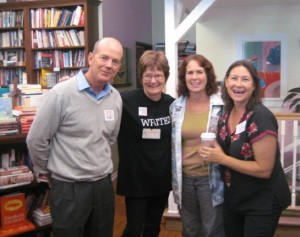
Authors Greg Trine, Alexis O'Neill, Mary Ann Fraser and Amy Koss did a showcase together at the Ventura County Reading Association's Book Love event.
Just last weekend, I was at two different events where I saw authors in action. One was at a bookstore signing with five other picture book authors. The other was at a reading association event where four of us, representing picture books through YA, did a showcase. I love observing the different ways my colleagues successfully connect with an audience. Some authors are noisy, others are quiet. Some authors connect though humor, others through interesting anecdotes, still others with compelling back stories about the making of their books. As different as the authors may be personality-wise, they share some significant commonalities: they make eye contact with their audience. They smile. They don’t talk at the audience – they seem to be having a conversation with them. They enjoy being where they are.
Keep your antennae up for author events at your local bookstores and libraries and attend whenever you can. When you tune into how an author connects with you, you’ll have a better idea of how you might connect with your audiences, too.


